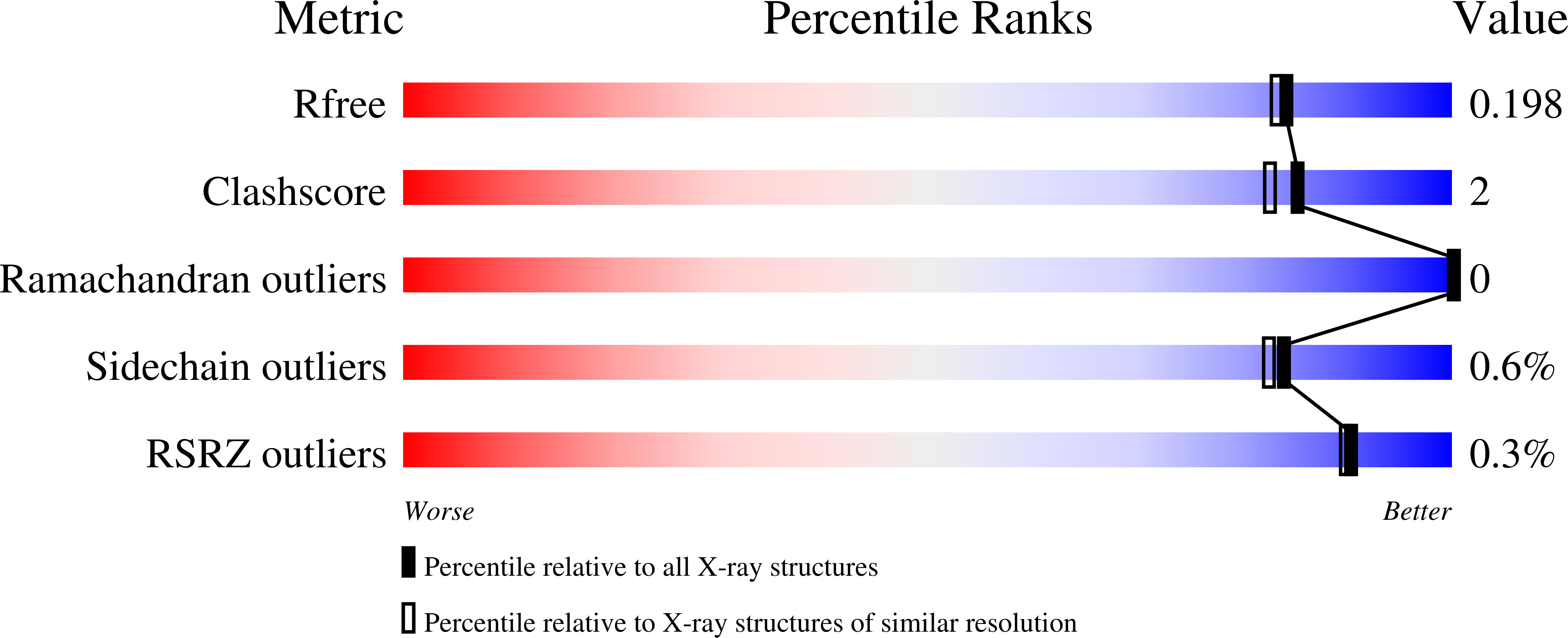
Deposition Date
2024-10-23
Release Date
2025-01-22
Last Version Date
2025-01-22
Entry Detail
PDB ID:
9H5Q
Keywords:
Title:
Crystal structure of Thermoanaerobacterales bacterium monoamine oxidase in complex with spermidine and its oxidation products
Biological Source:
Source Organism:
Thermoanaerobacterales bacterium (Taxon ID: 2304039)
Host Organism:
Method Details:
Experimental Method:
Resolution:
1.80 Å
R-Value Free:
0.18
R-Value Work:
0.15
R-Value Observed:
0.15
Space Group:
P 21 21 21


